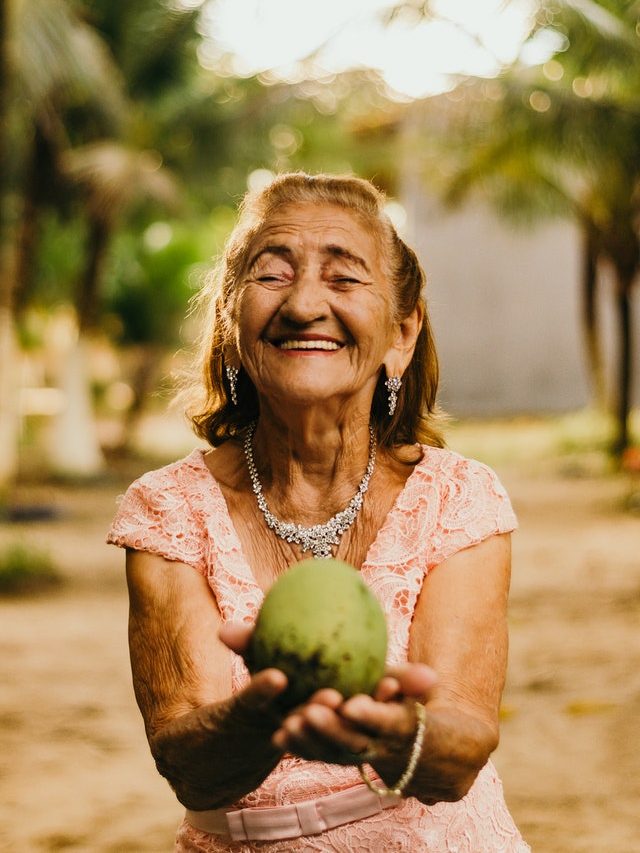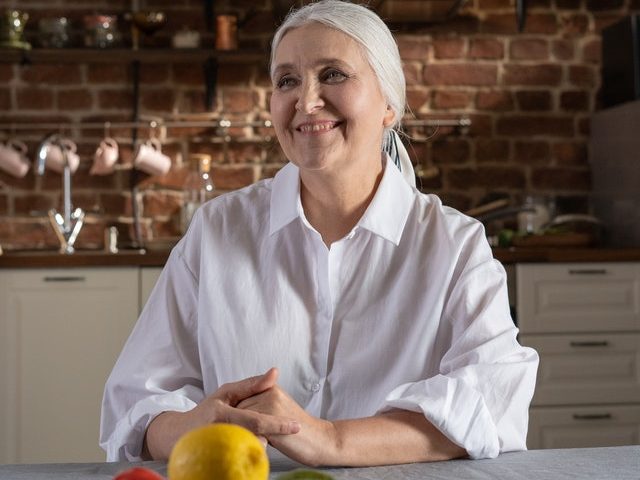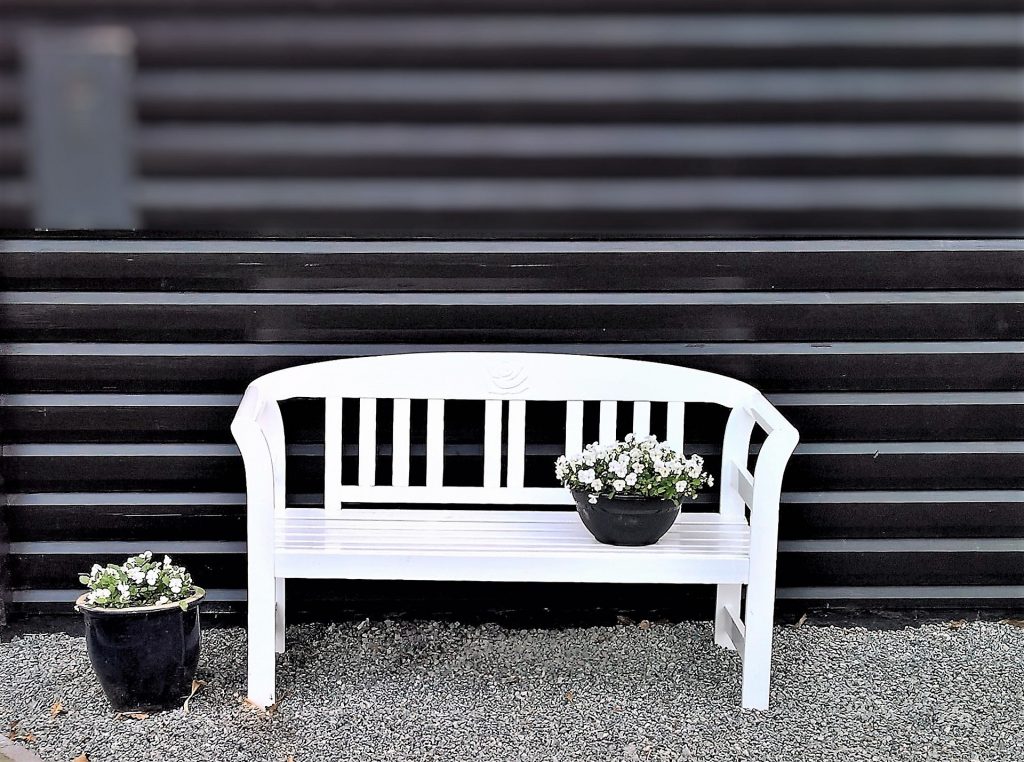Osteoporosis
Osteoporosis is a disease that is more common in women. Osteoporosis is a condition that features loss of the bone’s normal density. It leads to the abnormally porous bone that is more compressible like a sponge, than dense like a brick. This disease weakens the bones and increases the risk of having fractures. Even a minor fall or injury may cause the bone to get a fracture.
A lot of factors may contribute to having Osteoporosis. As we age, our body starts producing lesser calcium, causing natural degeneration of the bone. Certain medications may contribute to a loss of bone density. And also having a certain bone condition called Osteopenia, which is low bone mass, increases the risk of having Osteoporosis.
Common factors:
- Women are more prone to osteoporosis than men.
- Increasing age
- Hereditary
- Low estrogen and testosterone levels in women and men respectively.
- Thin and frail body structure or suffering from anorexia nervosa
- Calcium and vitamin D deficiency
- Lack of exercise
- Smoking and drinking alcohol have adverse effects on bone density.
- Use of certain medication or drugs
How would I know if I have Osteoporosis?
Osteoporosis is a silent disease, it has no specific symptom. Its only main consequence is an increased risk of getting bone fractures. Osteoporotic fractures happen in places a normal person would not normally break bones, they are called fragility fractures. These typically occur in the vertebral column, the hip, and the wrist.
Some symptoms of fragility fractures in the vertebral column, also called vertebral collapse, are acute back pain and spinal cord compression. The pain is caused by compressed nerves. Multiple vertebral fractures may lead to a stooped posture, loss of height, and chronic pain which causes reduced mobility.
How is Osteoporosis treated?
There are several treatments available for people with Osteoporosis. However, medical health professionals emphasized the importance of a change of lifestyle in order to prevent the disease from developing.
Lifestyle Change and Nutrition – Eat a healthy diet that includes plenty of calcium and vitamin D. Exercise regularly and cut down on alcohol and cigarettes. Eating foods rich in calcium will help supplement the lost calcium in the bones.
Calcium-rich food – low-fat milk, yoghurt, cheese, orange juice, sardines, salmon, seafood, and green leafy vegetables such as swiss chard, beet tops, kale, mustard greens, collards, spinach, dandelion greens, watercress, parsley, chicory, turnip greens, broccoli leaves, almonds, asparagus, blackstrap molasses, broccoli, cabbage, carob, figs, filberts, oats, prunes, sesame seeds, tofu, and other soy products.
Vitamin D-rich foods – fish oils such as found in salmon, mackerel, sardines, eggs (including the yolks), sweet potatoes, tuna, vegetable oils, and cod liver oil. Getting 15-20 minutes of sunlight exposure daily can also boost the production of vitamin D.
Studies have shown that vitamin K is very useful in maintaining healthy bones. It is found in green, leafy vegetables such as broccoli, Brussels sprouts, collard greens, lettuce, and spinach.
Some of the food products that promote healthy bones are avocado, black pepper, cabbage, cod liver oil, dandelion, garlic, onions, parsley, pigweed, and horsetail. Eating pineapple also prevents bone fractures due to the presence of manganese in pineapple.
Exercise – A twenty-minute walk three to four times a week may help you tremendously. You can also go biking, swimming, or join aerobic dancing classes to improve your bone condition. Engage in weight-bearing exercises as these help in strengthening the bones. If you have a swimming pool or a beach around your house, go walking in chest-deep water for 30 minutes at least three days a week. This prevents stress on your bones hence there is less erosion. Avoid high-impact activities and include stretching exercises.
Consume less salt and avoid food products that have more than 300 milligrams of salt per serving. Stay away from carbonated beverages like cola and soft drinks. The phosphoric acid present in carbonated drinks contains phosphorus, which it had in excess, can cause the elimination of calcium from the body.
You may also try the program in this link to help you make your bones stronger.
How can I prevent getting Osteoporosis?
The best way to fight Osteoporosis is to not get it in the first place. This condition is easily preventable by means of living a healthy lifestyle, exercise, and proper diet.
Performing exercise at an early age may help achieve higher peak bone mass and good muscle strength. Having enough exercise helps delay bone degeneration and decreases chances of acquiring Osteoporosis even in the later years of your life. A well-balanced diet with sufficient calcium and vitamin D for the bones and muscles will also help decrease the risk of getting Osteoporosis.
Menopause and Osteoporosis
We know that our bodies require calcium and vitamin D in order to build and maintain powerful bones. According to recent researches to prevent osteoporosis you might need more vitamins than we think to prevent brittle bones including Vitamins K and B; as well as minerals such as magnesium, zinc, etc.
The idea is to provide enough combined supplementation for our bodies to make an abundance of healthy collagen which is the connective tissue used to create cartilage and bones. Collagen also binds our cells together and as a result, someone with good collagen has healthy-looking skin whereas another will have thin and wrinkled skin.
A healthy bone cut in half looks similar to a sponge. The body deposits calcium, phosphorus and other minerals onto all of those connective fibres and you get healthy bones! The holes give the bone its flexibility, and you won’t have healthy bones if you don’t have plenty of collagen on which to deposit the minerals.
Collagen is primarily a protein that is made from amino acids. Our bodies can create some of our requirements but we also need additional amounts from our foods and supplements including lysine and praline. Vitamin C is also required to create collagen.
Now we know how bones can be made stronger, but how is this process affected by menopause? The loss of estrogen due to menopause can accelerate bone loss. More often, women’s bones become fragile as we age, and it’s not uncommon to break bones in the wrist, spine, and hip due to osteoporosis.
Osteoporosis is a problem that can affect anyone in their later years and you should do all that you can to keep your bones strong.
“Keep smiling, because life is a beautiful thing and there’s so much to smile about.”
Marilyn Monroe
If you have enjoyed our article, check for more information and tips on our site Spry Ladies, our Facebook, or our pins on Pinterest and YouTube, too.





